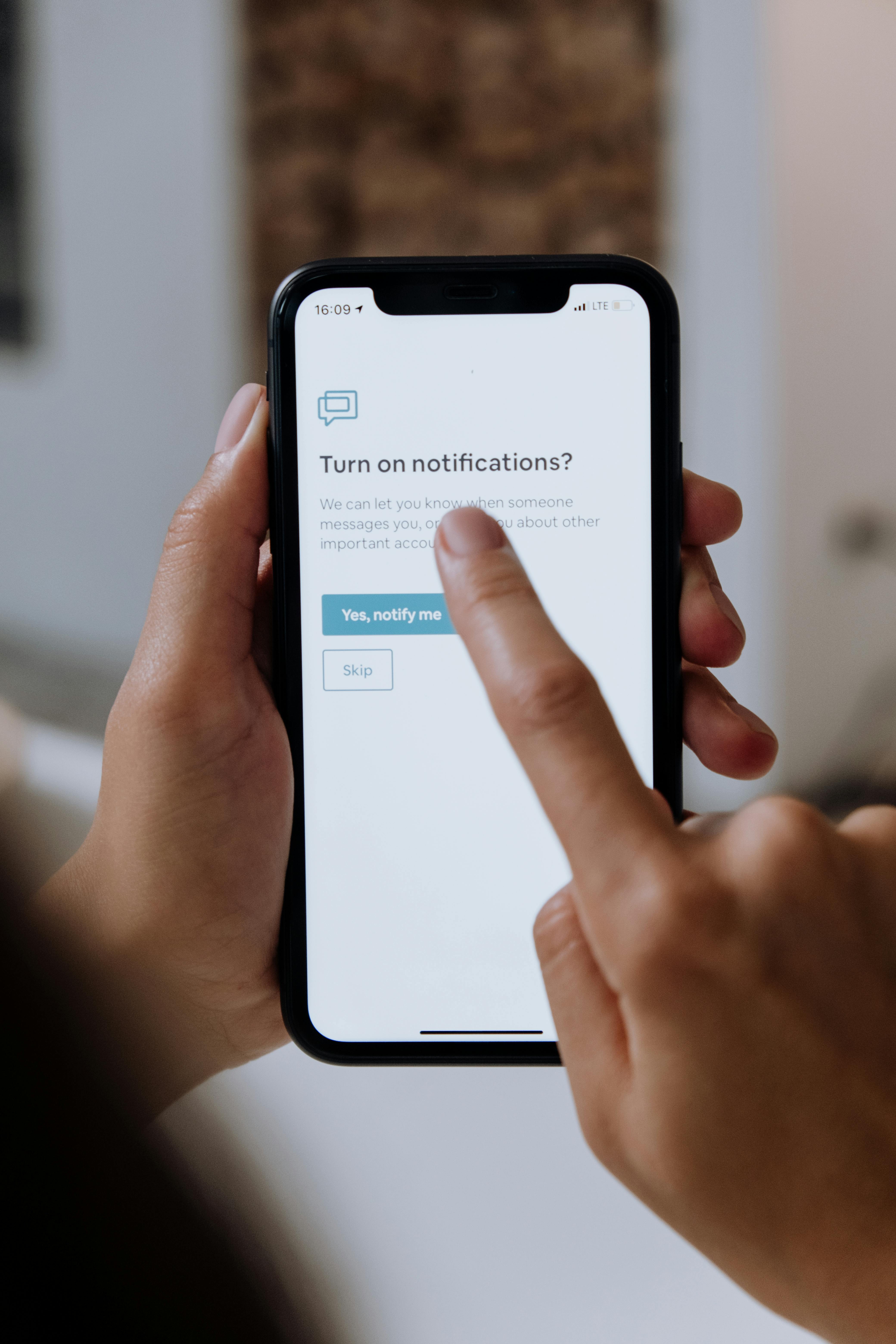Low code – No code: Delivering value to organizations
What is Low Code No Code? How can low code no code solutions deliver value to organizations? Explore!
written by:
Courtney Robinson
Introduction
Cloud computing has brought about transformational changes to many industries. It has been an enabler that has propelled many organisation’s infrastructure forward. The lowcode, nocode industry has also been greatly enabled by cloud computing. Here, we’ll explore what low and no code is and how you can take advantage of these technologies.
Low and no code (LCNC from here on), just like the cloud is building on the work achieved in the past. Both aspects of the LCNC industry tries to reduce how much code is needed to deliver software. The difference between the two isn’t always clear cut and the platforms emerging in the industry vary in their capabilities as it continues to rapidly evolve.
As a rule of thumb definition, you can consider a platform which allows you to use a graphical user interface to achieve a task that would previously have required someone or an entire team of IT professionals as falling under the LCNC umbrella.
What is low code?
The easiest way to distinguish between low code and no code is to ask yourself, “Does this platform require a professional developer to take advantage of it?”. If the answer is yes then you’ve firmly identified a low code solution. The natural question from here is, how is this any different from existing development frameworks that software developers use?
Low code is different because to a large extent it removes one or more manual or repetitive parts of the existing software development lifecycle or drastically simplifies them. An example might be the automatic generation of databases and API services that use them to create, read, update or delete (CRUD) records.
One way to look at it is that low code platforms are targeted at making parts of a software developer’s job faster and easier. This type of platform can help with the developer shortage by enabling one developer to deliver more features.
What is no code?
If low code platforms target professional developers then no code platforms are for everyone else. A no code platform enables its users to develop and deliver software solutions end to end (from idea to production) without needing professional developers or anyone else from an IT team to be involved. The term actively being used to describe this group of people is “citizen developer” and over 40% of business already have them.
The solution offered by no code platforms presents everything in a visual way. They enable a complete drag and drop solution to software development and delivery. They can be used to create mobile, web or desktop applications that solve a number of problems.
What types of low and no code solutions exist?
LCNC solutions are available as both general software development platforms and as industry or niche specific ones. Broadly speaking, these tend to fit into one of the following categories:
- Chatbots
- DevOps
- Big Data/ETL
- Data Science/ML
- Sales/Marketing
- Trading Automation
- Blockchain App Builder
- Workflow Automation/BPM
- Internal Tooling
- E-commerce Website builder
- Website & Web App Builder
- Mobile App Builder
At the time of writing, we could identify over 500 tools, apps or services across these categories globally that either explicitly identify as being a LCNC solution or you could reasonably say that they were.
Who is it for?
As identified, there are many LCNC solutions available, this means you can find a solution depending on your needs. Most of the LCNC solutions that are available won’t be suitable to your needs and some that won’t meet organisational requirements to qualify (this can be because it is a public cloud only solution or another reason).
We’ve defined what LCNC is so ask yourself “Do I have any unsolved challenges that these platforms could help with?”.
If you find yourself struggling to answer this question consider that gartner predicts that by 2024, 65% of applications will be delivered with a LCNC platform. The chances are that there are a set of challenges these platforms can help you solve but perhaps requires a different way of thinking about the problems to see the applicability of these tools.
To help with this, review your current architecture diagram and go through the questions:
- Where is there ongoing work right now?
- How much, if any of that ongoing work has taken longer than expected or cost more than expected?
These can help identify areas where LCNC solutions can help, the stage of the current work will play an important role here and you need to balance the risk of new technologies with the current work.
A second approach is to look at your current roadmap and go through the questions:
- Where is there an opportunity to adopt a LCNC solution with the least impact on delivery?
- What would we gain by doing so?
The second question normally considers things like cost and time saving but more generally applies to things like hiring, team pressure and delivering more value with the same team.
Concluding Note
Over 80% of organisations say citizen developers are increasingly important to them. The importance of the LCNC industry will only grow over the coming years. Over 40% of organisations are already using LCNC solutions as a competitive advantage. It is no longer a niche that should just be idly watched. The acceleration of digital transformation is being fueled by LCNC and the opportunities for businesses to gain a competitive edge grows with it.
Deliver value to yourself and your organization with Low code No code solutions!







